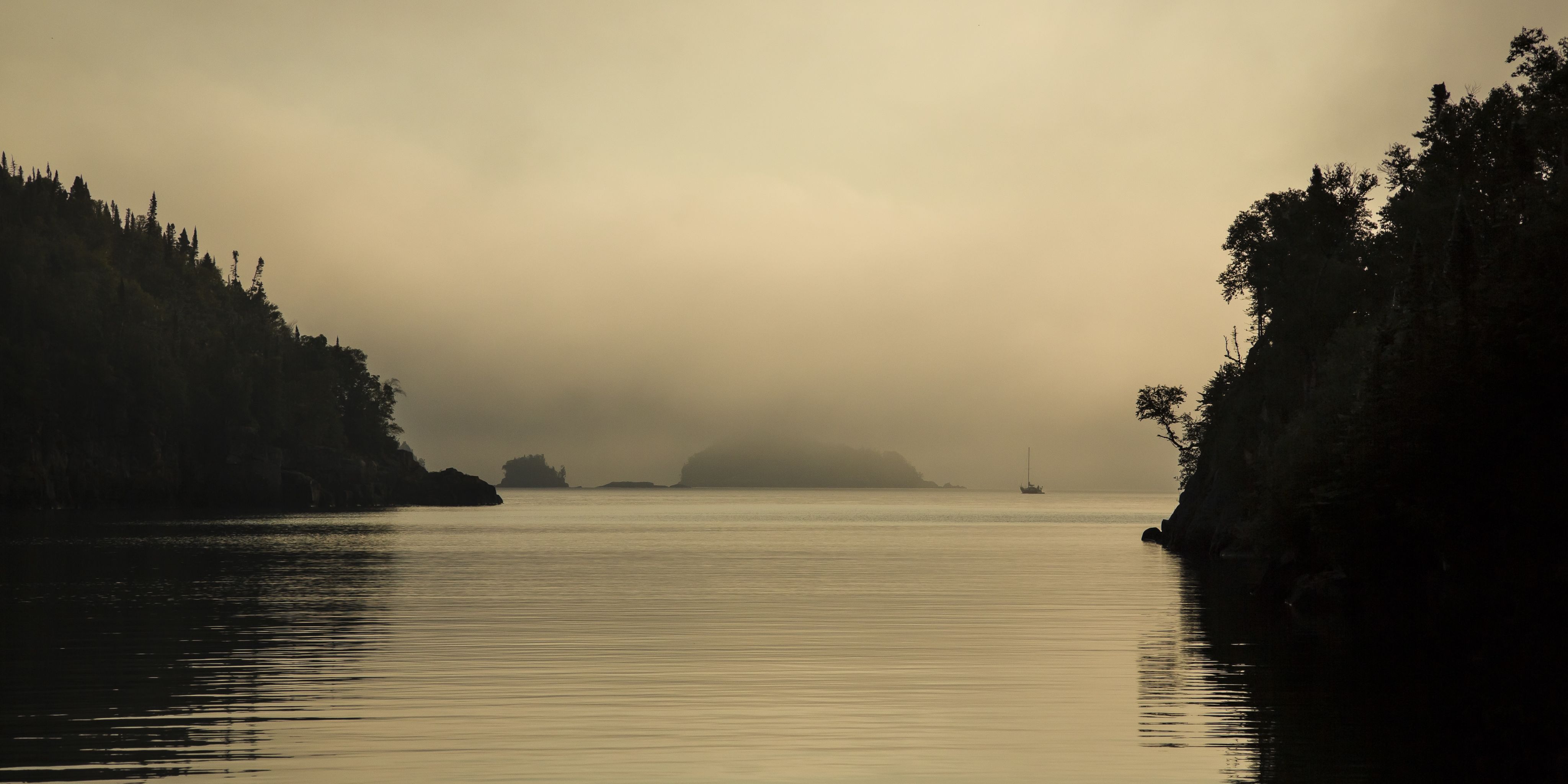Connected by Canoe
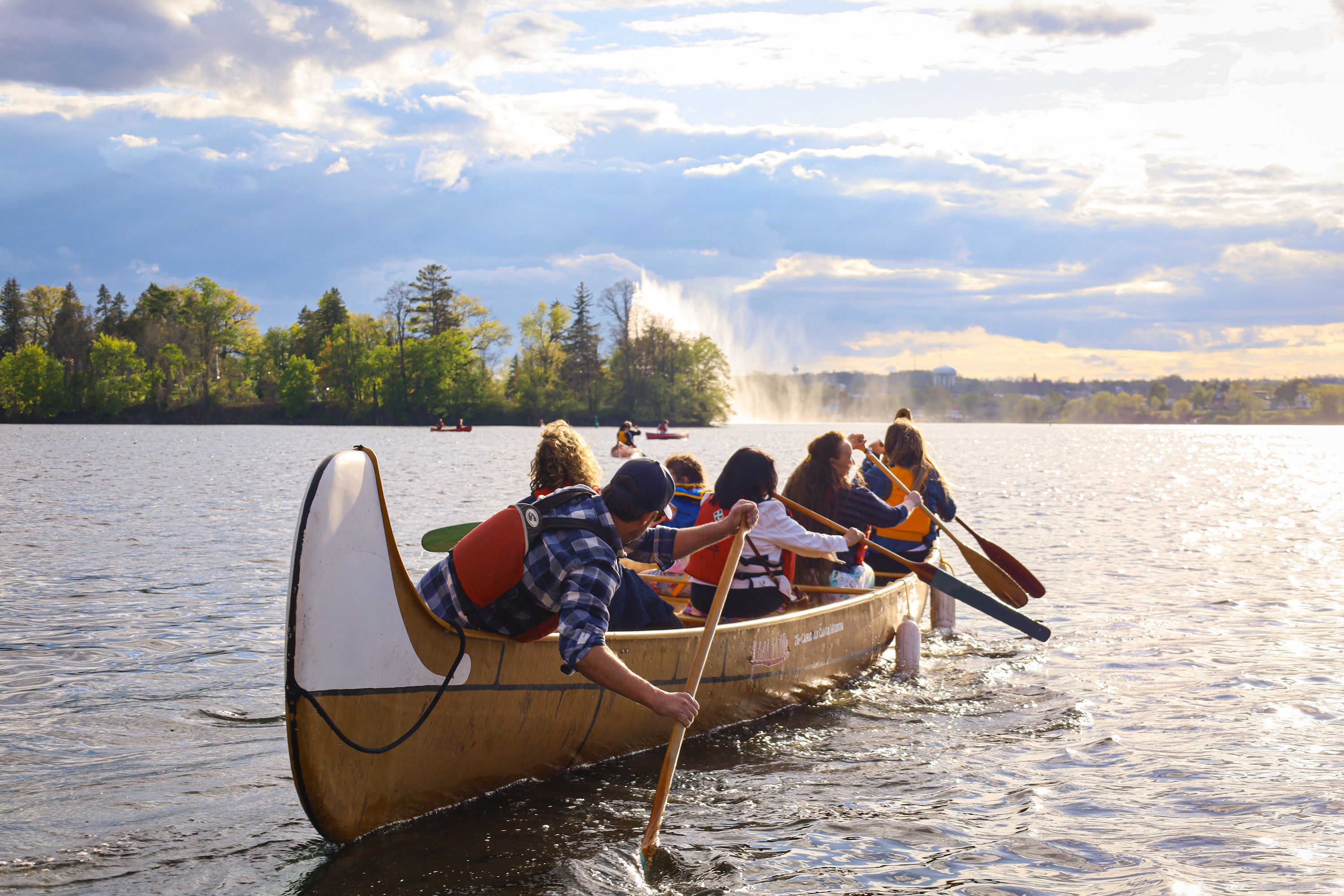
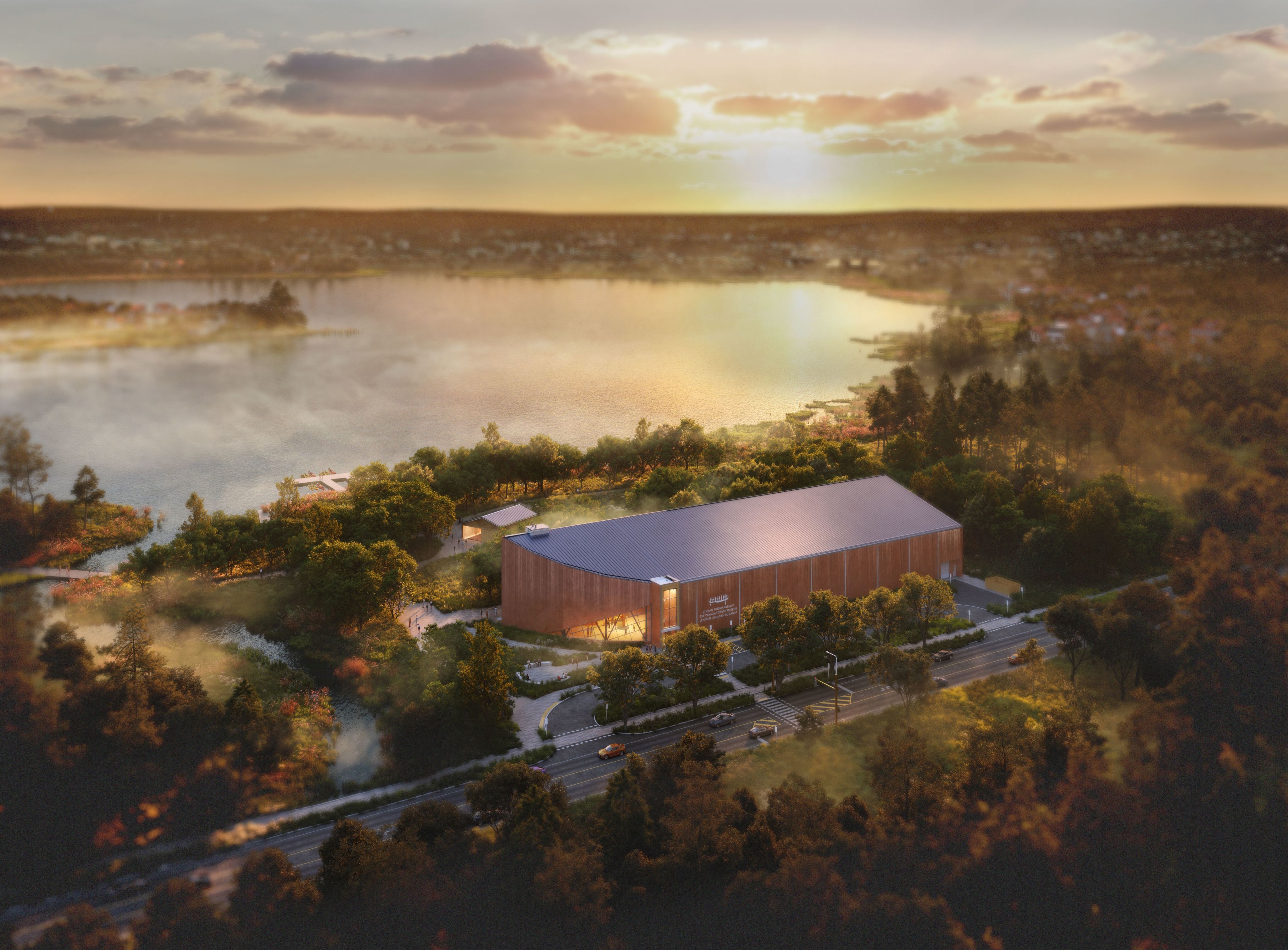
In May 2024, the Canadian Canoe Museum officially opened the doors to its new location on the shores of Little Lake in Peterborough, Ontario. For decades, the museum and its vast collection of kayaks and canoes — the largest such collection in the world — was housed in an old motor factory.
The new 65,000-square-foot building and its 5-acre waterfront location is the culmination of the dreams, passion and hard work of a whole community.
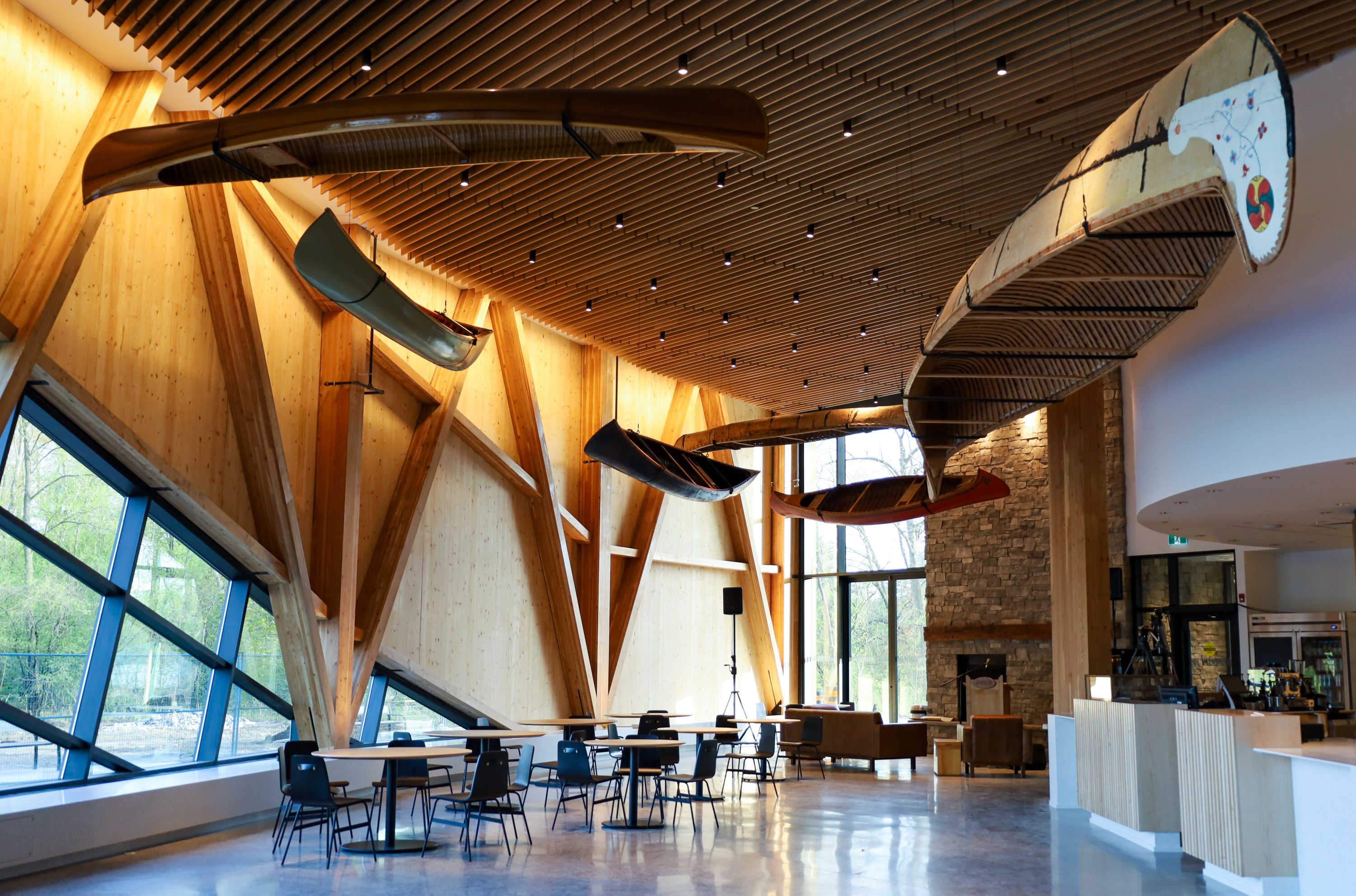
The foundation for the museum's collection began in the 1960s with Kirk Wipper, a summer camp owner/director and passionate outdoor educator who began to collect historic canoes. In 1997, his collection became the basis of the museum.
Carolyn Hyslop, Executive Director of the Canadian Canoe Museum, says the work to build a space worthy of the special collection has taken more than a decade. Listen to Carolyn, who has been with the museum for 25 years, speak about her hopes for the new space:
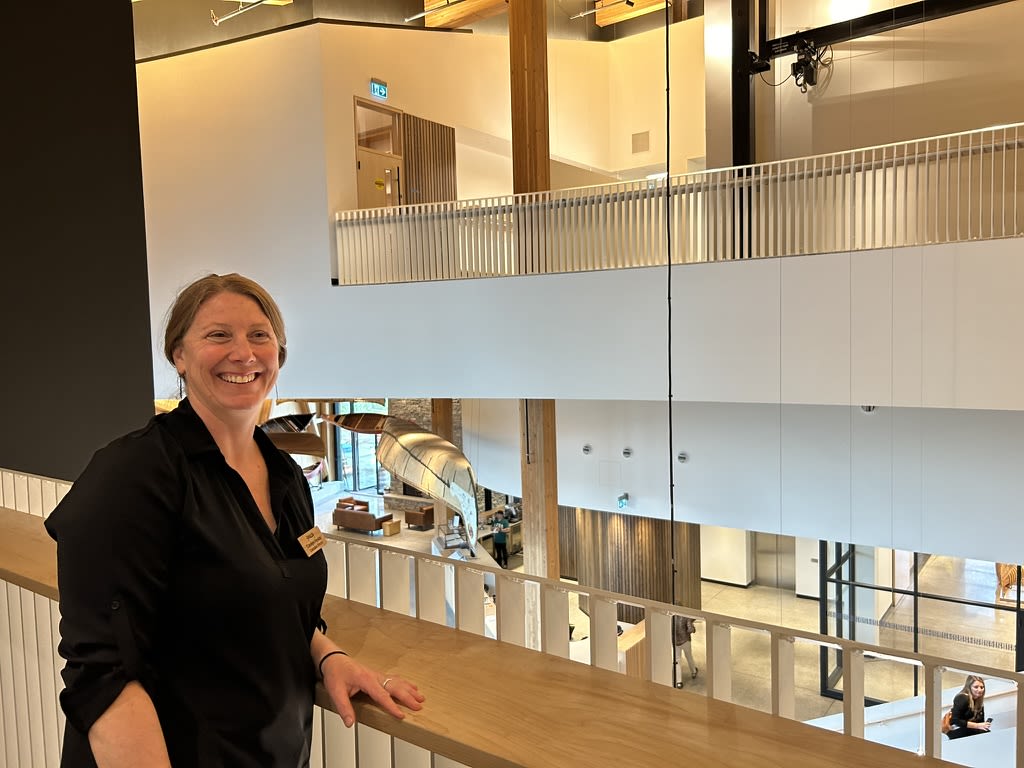
In addition to the vast number of canoes and kayaks, the CCM also stewards a collection of paddles and paddling accessories, as well as small artifacts including canoe and kayak models, an archival collection of photos, postcards and canoe manufacturing history.
The collection is ever-evolving and is considered to be a cultural asset of national significance.
For the first time, the entire collection is housed inside one building. Visitors can explore the Collection Hall, where the vast majority of the canoes and kayaks live, as well as the Exhibition Hall, which will house curated exhibitions of the collection.
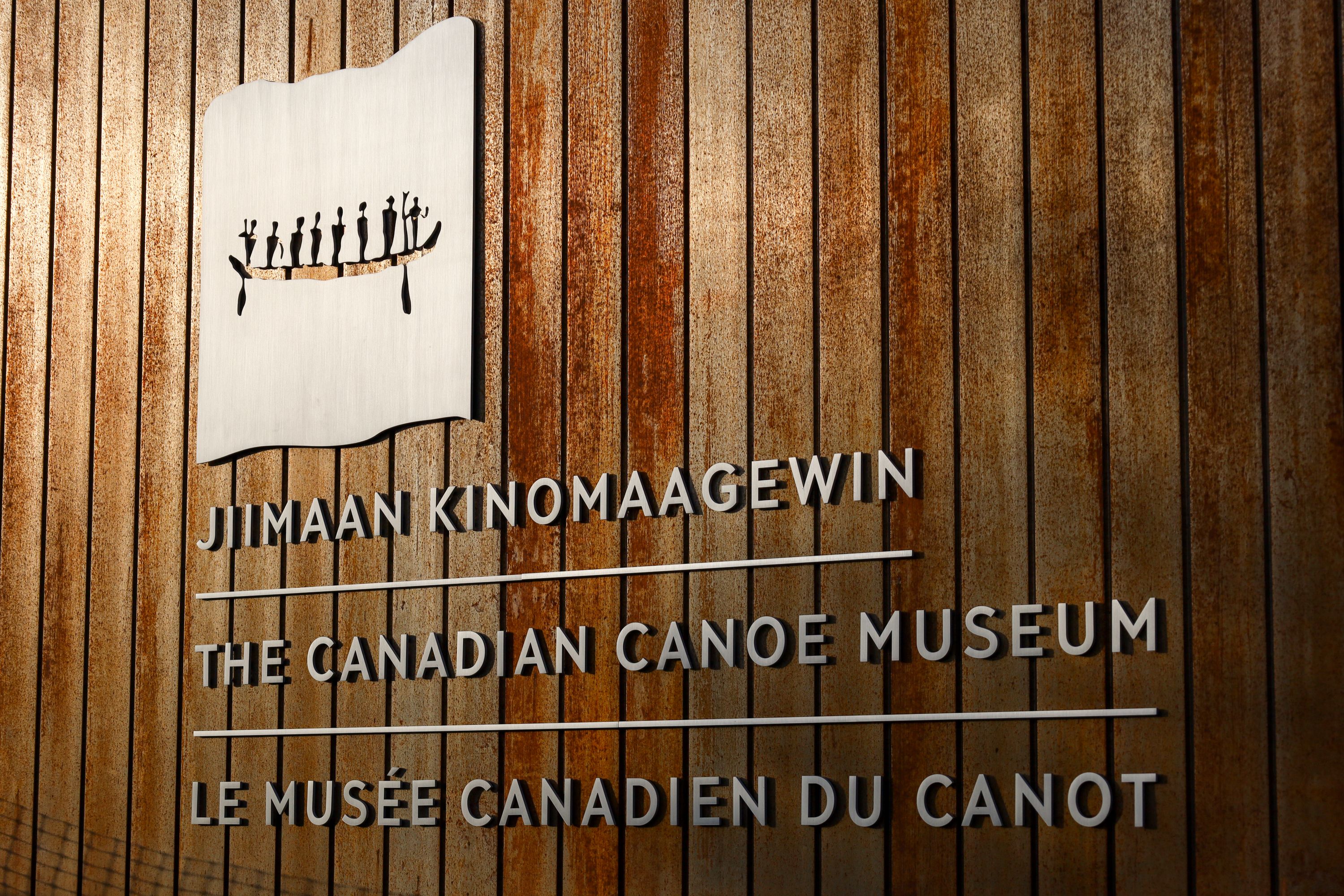
The Canadian Canoe Museum’s new trilingual logo on the side of the Canoe House. Throughout the museum, signage is offered in English, French and the local dialect of Anishnaabemowin.
The Canadian Canoe Museum’s new trilingual logo on the side of the Canoe House. Throughout the museum, signage is offered in English, French and the local dialect of Anishnaabemowin.
Collection Hall
Fresh boughs of cedar hang inside the entrance to the Collection Hall of the Canadian Canoe Museum in Peterborough, Ontario.
As per the guidance and teachings of local Indigenous partners, the cedar is brought in to purify and cleanse the 20,000-square-foot hall.
Stacked in a specially made racking system are hundreds of canoes and kayaks, many from Indigenous communities and all, in some way, inspired by the traditional watercraft of the First Nations and Inuit.
Carolyn says building relationships with Indigenous communities is a big part of the museum's mandate
"Part of stewarding this collection is making sure we are grounding ourselves in the knowledge and the people and the territory we are in and the waters that we care for," she says.
Keeping the cedar fresh is a way of caring for the space, adds Jeremy Ward, the museum's longtime curator.
"For myself, the act of going out meaningfully and cutting fresh cedar to renew the cedars at the doors just affirms that relationship and that responsibility that we have when we care for a collection like this."
The presence of the cedar is a physical representation of the work being done to honour, acknowledge and include the wishes of Indigenous communities whose intellectual and artistic property resides within the walls of this stunning new space.
"There are still many, many, many communities whose watercraft are in this collection that we have yet to meet and relationships to build," Jeremy says. "That will be work that will be carried on for a long time."

A glimpse into the Collection Hall from the window on the Grand Staircase. Photo c/o the Canadian Canoe Museum
A glimpse into the Collection Hall from the window on the Grand Staircase. Photo c/o the Canadian Canoe Museum
The canoes, which have been meticulously cleaned and carefully packaged, were brought from the previous building to their new home in the Collection Hall over the course of a few months.
Jeremy says that two weeks before opening, the collection was honoured by a smudging ceremony led by Hiawatha First Nations Chief Laurie Carr as a way to reawaken the vessels in their new home.
"[The canoes] come from the land, so when they come from the land, they have spirit," says Christine Luckasavitch, an Omàmìwininì Madaoueskarini Anishinaabekwe (a woman of the Madawaska River Algonquin people) and owner of Waaseyaa Cultural Tours. "You honour the spirit of those trees, you honour the spirit of the materials that you have taken from the land. From that, we know these boats still have spirit and that's why we honour them through ceremony."


While at first glance, the Collection Hall may seem like merely a storage facility, it quickly becomes obvious that the space is the heart and soul of the museum. It not only houses a collection of more than 550 canoes and kayaks, but also the history and stories that come along with each one.
Regular tours of the Collection Hall are offered, allowing visitors to learn the stories behind some of the pieces.
Canoes are grouped by construction type. Dugout canoes, some more than two hundred years old, live together in an aisle; birchbark canoes make up another aisle and a half, and so on.
"When you're standing in an aisle, these watercraft really do speak to each other," Jeremy says.
In one of the first aisles you come upon as you enter the Collection Hall are two canoes stacked together, one orange and one turquoise.
The orange canoe once belonged to Canadian singer Gordon Lightfoot.
"He paddled more miles in this orange Tremblay canoe from St Felicien, Quebec than his other two canoes that he's also given us," Jeremy said. The museum also has Lightfoot's canary yellow canoe in its collection, which inspired a song of the same name.
The turquoise one directly below it, named Vagabond, was made locally in Peterborough in the 1920s and owned by Canadian writer Farley Mowat.
"He had it his entire life," Jeremy says. "It also has a heck of a story about a midnight sailing trip on Lake Ontario, probably not fully sober at the time."
The author donated the canoe to the museum, alongside the poem he wrote about that fateful nighttime paddle.
I wonder what those two vessels — each owned by an avid and legendary paddler — say to each other in the vastness of their new home.
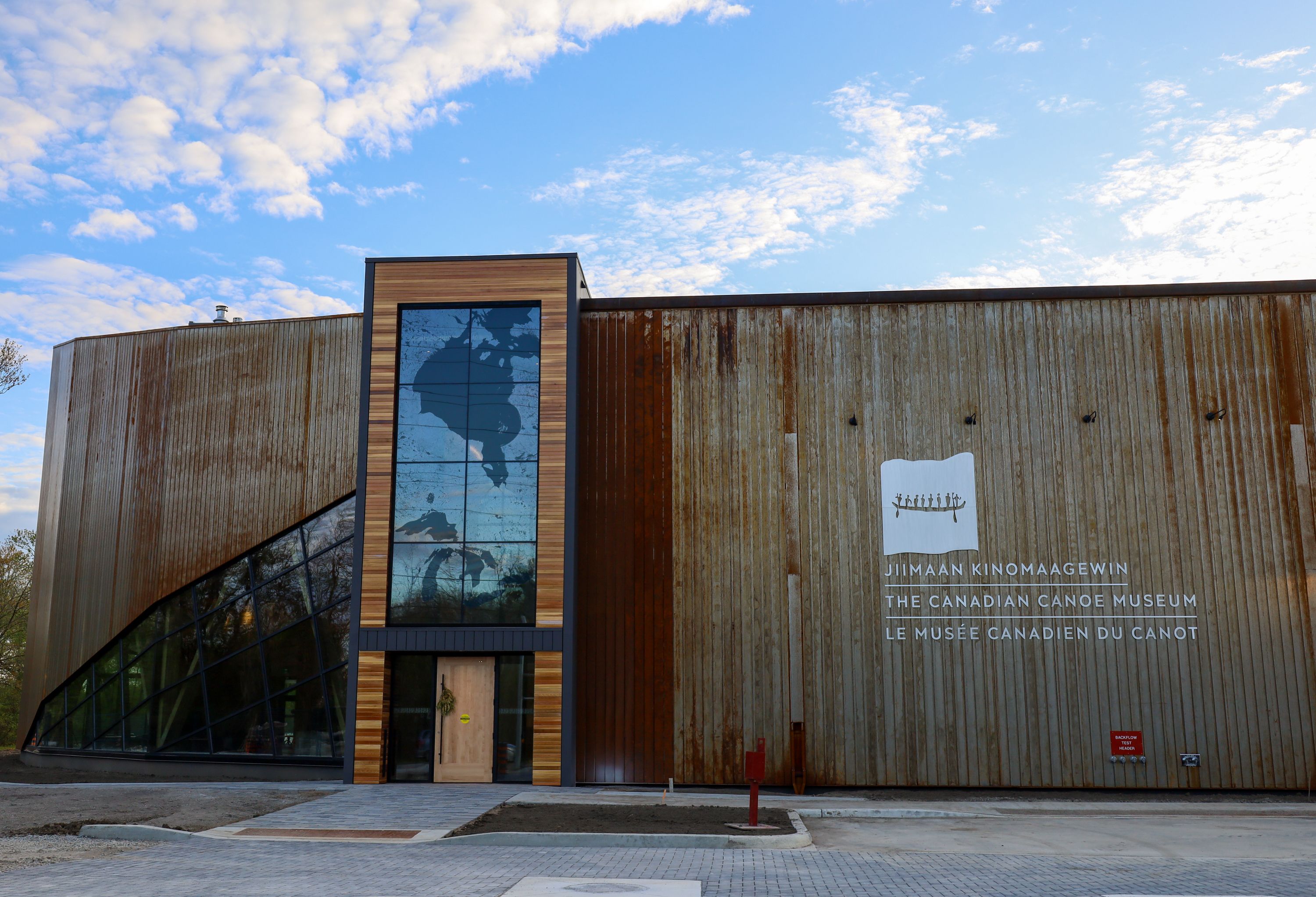
Exhibition Hall:
Upstairs, visitors are greeted in the huge Exhibition Hall by a remarkable floor map designed by Chris Brackley from As The Crow Flies CARTography.
There are no city dots adorning the map, nor roadways or other landmarks — the map shows the veins of rivers, the beds of lakes and the interconnectedness of water.
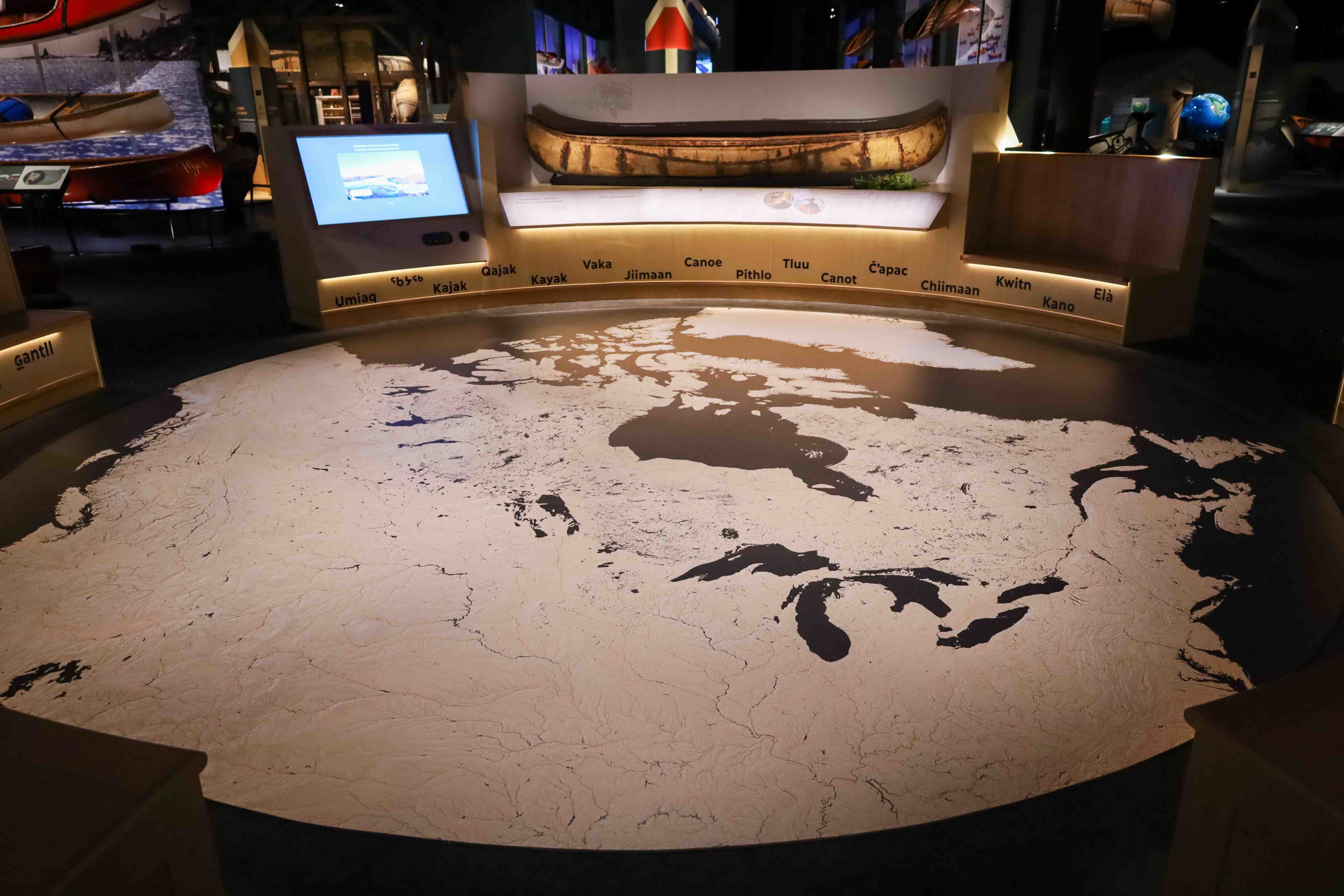
It sets the tone for the theme that runs throughout the exhibits: water is our great human connector.
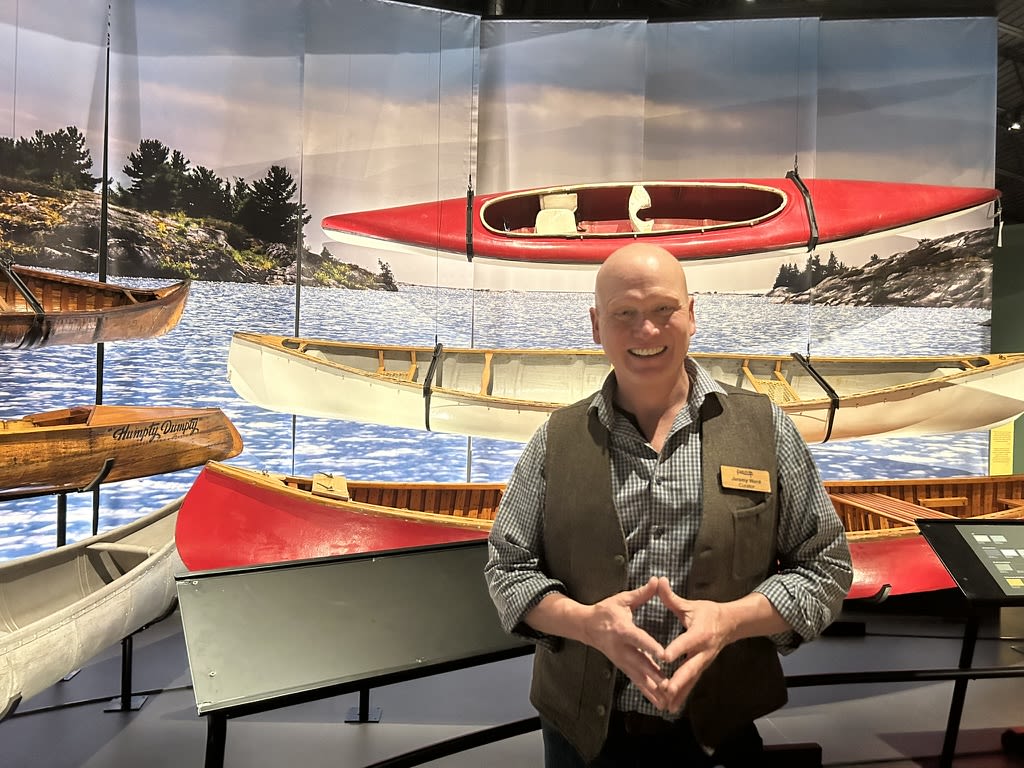
Listen to Jeremy Ward, Curator of the Canadian Canoe Museum, speak about the connections being made at the museum:
The Exhibition Hall is currently showcasing six exhibits that highlight interconnectedness, the role of the canoe in our past and present and the adventure of water travel and sport.
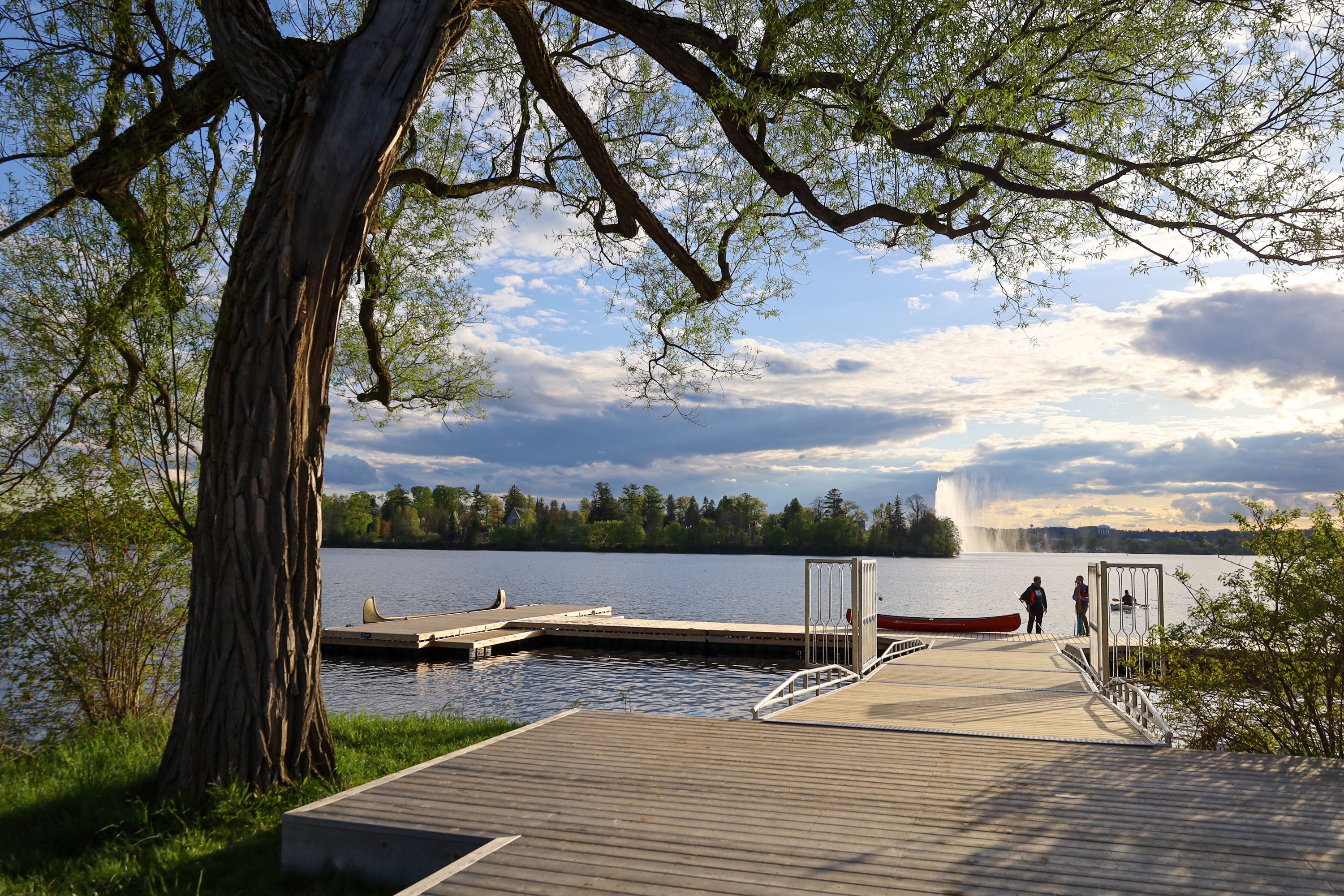
The Outdoors:
The new museum sits on a five-acre parcel of land right on the water of Little Lake, which forms the heart of Peterborough. It is bisected by the TransCanada Trail and is located near municipal camping sites.
Outside, the accessible docks allow for water to be a part of the offerings of the museum. Rent a canoe or kayak and paddle the lake, paddle your own canoe right up to the docks and visit the museum that way or book a guided tour on a voyageur canoe.
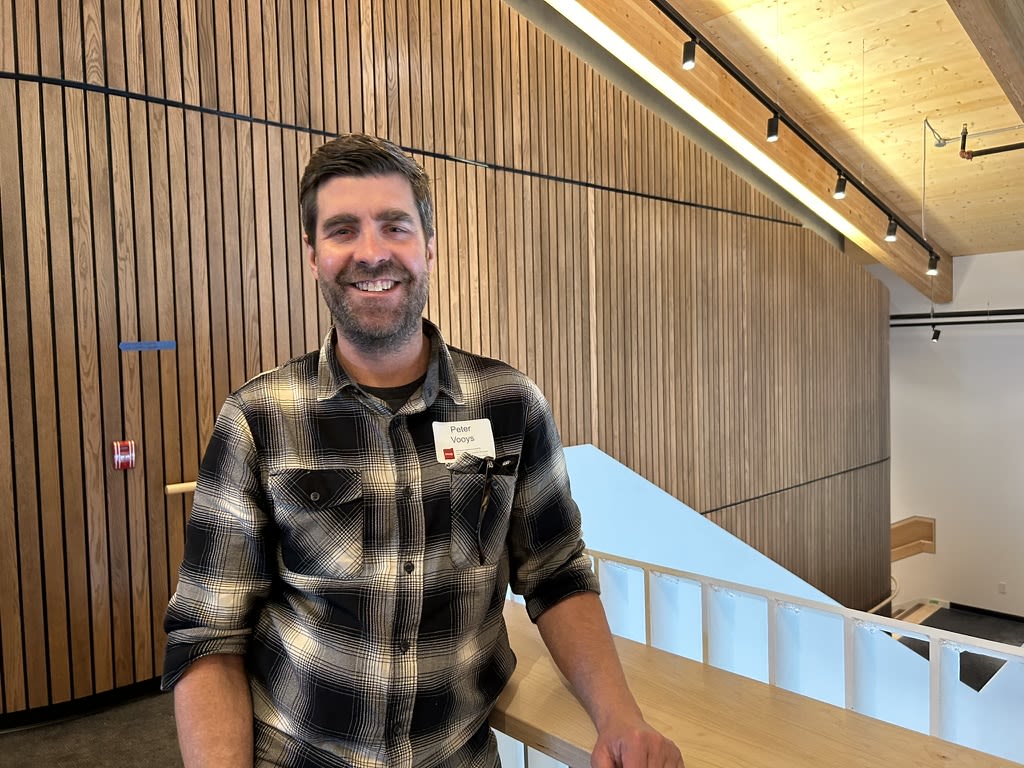
Peter Vooys is the Programs Manager
Peter Vooys is the Programs Manager
At the helm of some of those canoe tours will be Peter Vooys, who joined the museum team in 2022 as Programs Manager. Peter will not only be leading a summer staff to help visitors explore the museum by water, but he is also developing new programming for visitors.
Listen to Peter speak about his role and the projects he's most excited about:
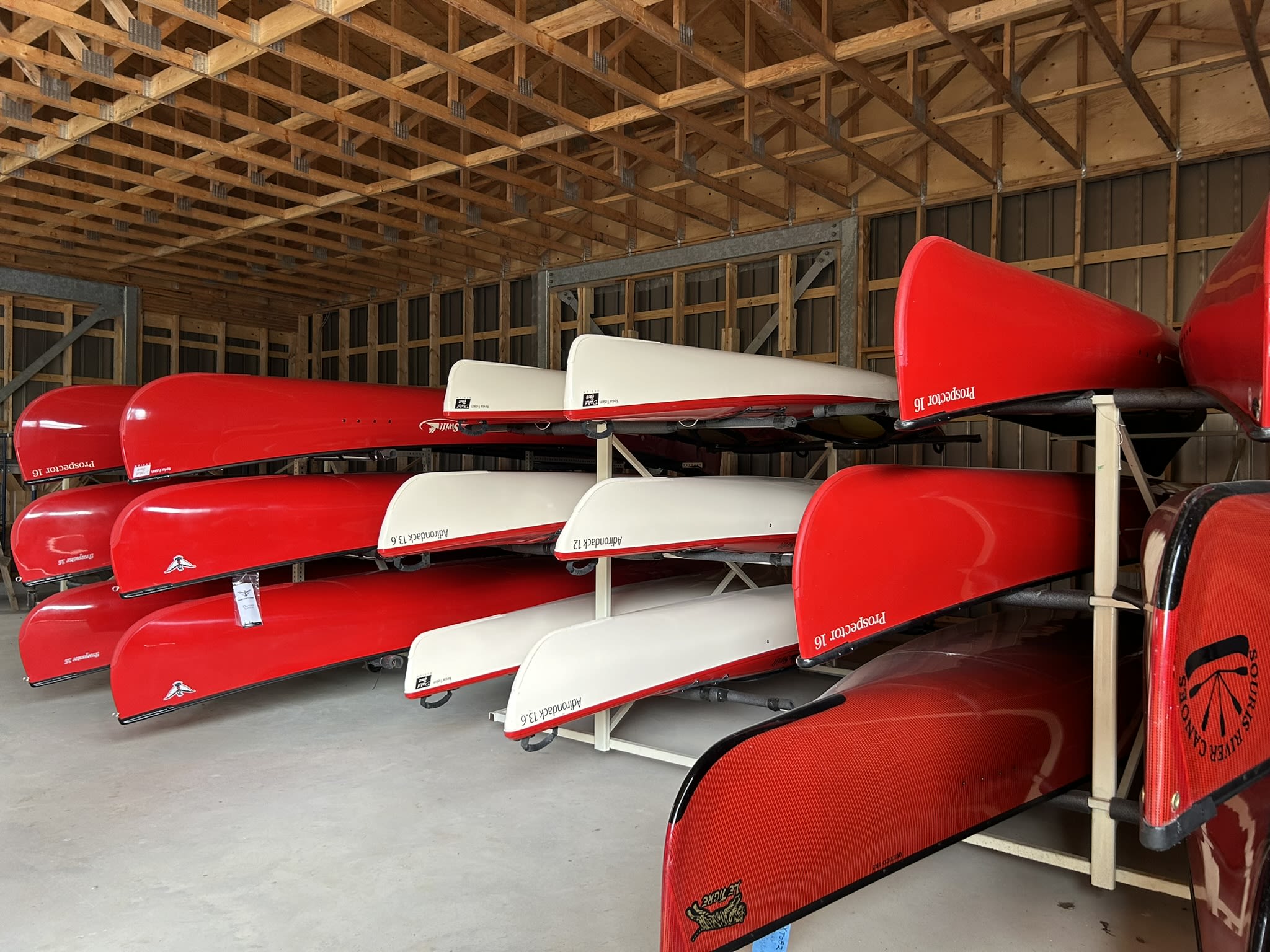
Canoes for rent at the Museum
Canoes for rent at the Museum
If you have any questions about paddling, Peter is a wealth of information. He has paddled near and far and was part of a team in 2013 that paddled 5,000 km from Alberta to Quebec in the course of 120 days.
"I'm a paddler at heart," Peter says. "So anytime I get to go into a canoe, I'm most excited about that."
Water is inseparable from the museum's mandate.
"We are the Canoe Museum," says Carolyn. "We are inherently connected to water through the canoe so we wanted to make sure the property echoed that same value and responsibility."
Carolyn says she hopes the museum will be a spark that encourages people to become more connected to our waterways, lands and communities:
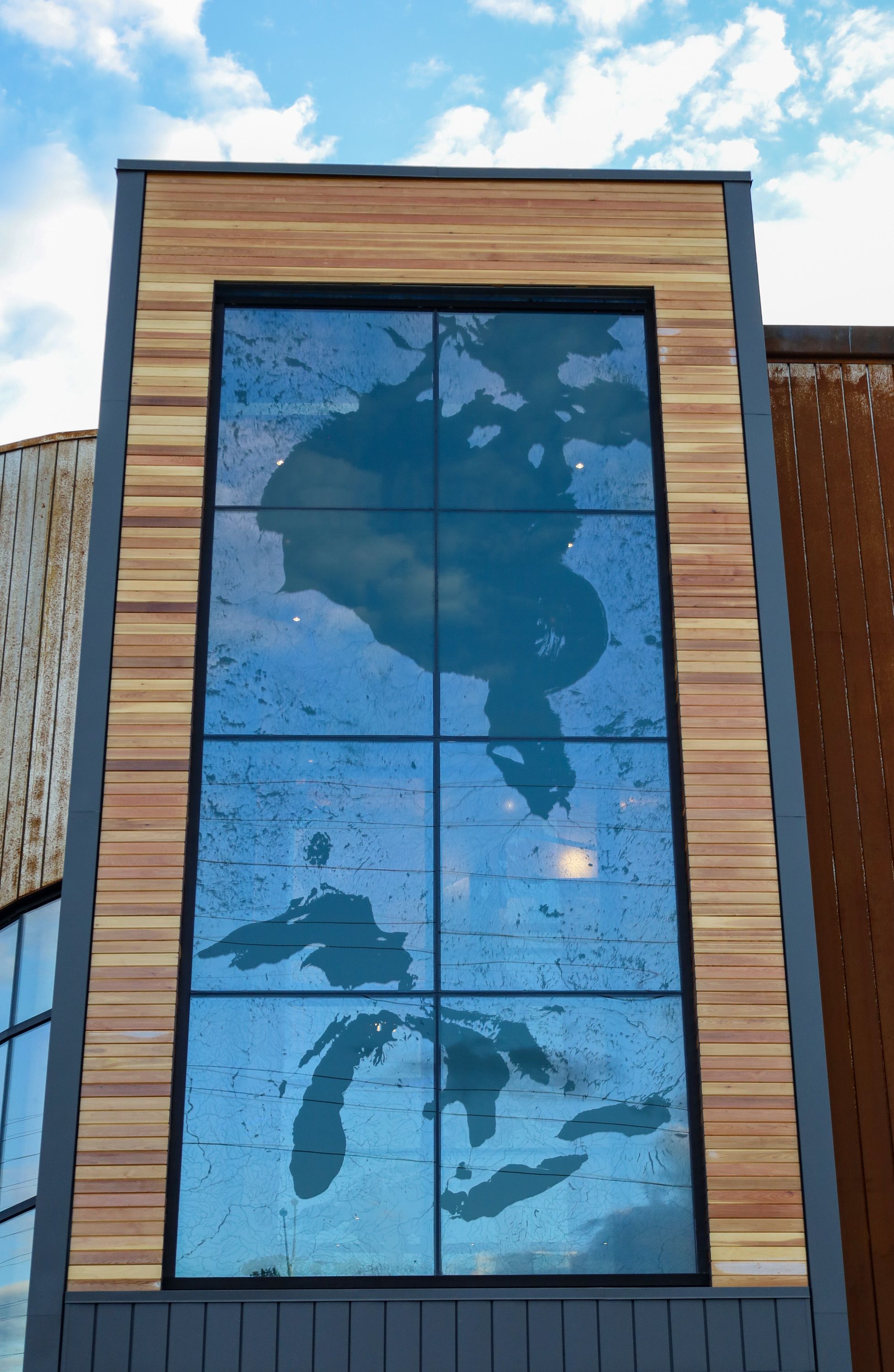
The entrance to the museum showcases the interconnectedness of our waterways.

The museum shop is full of canoe-themed and locally-made artisan gifts, as well as coffee and clothing.

The Atrium is home to the Silver Bean Cafe, which sells snacks and drinks that can be enjoyed indoors or outside.
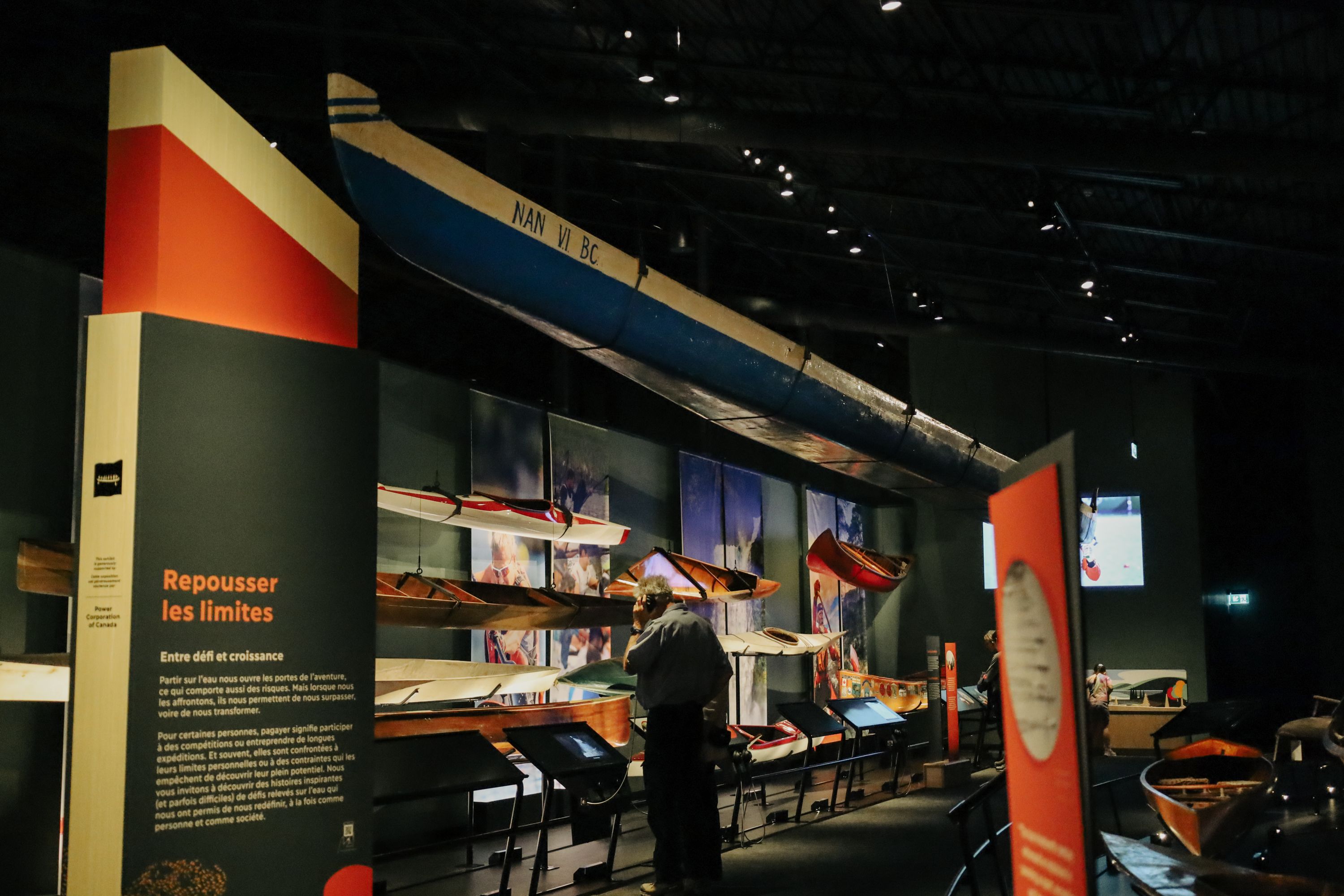
The Canadian Canoe Museum is located at 2077 Ashburnham Drive in Peterborough, Ontario.
Embrace Canada with Landsby
Landsby creates unique and immersive experiences that not only provide travellers with purposeful and enriching trips but aim to positively impact the communities being explored.
